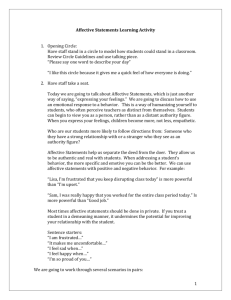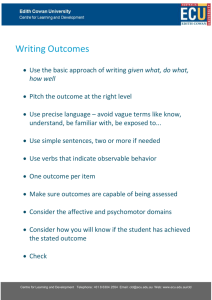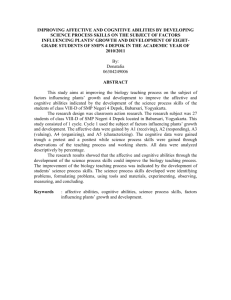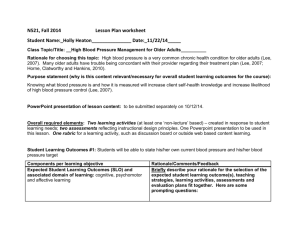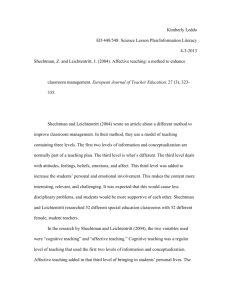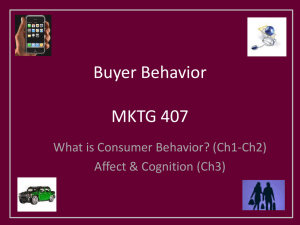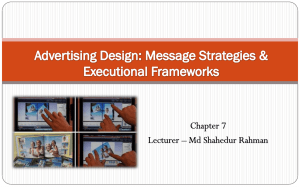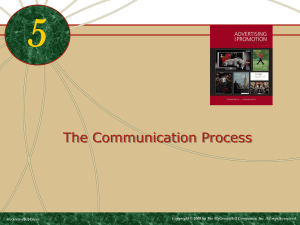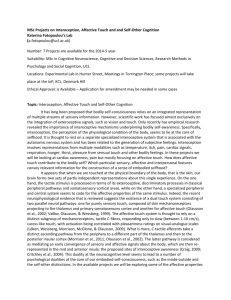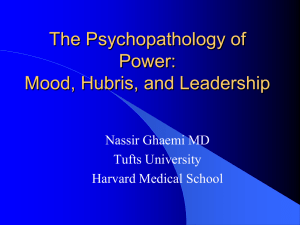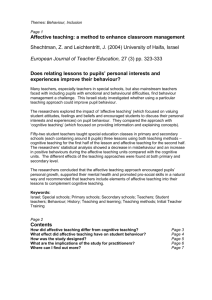Affective Maps:
advertisement
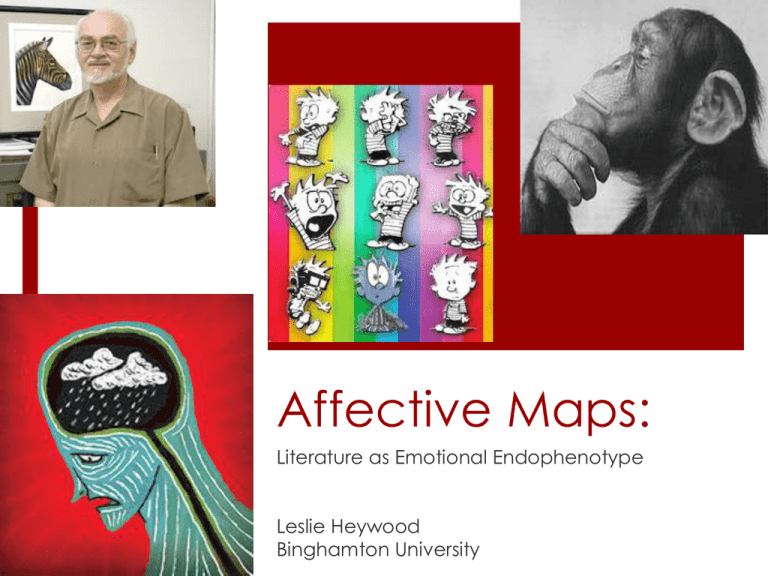
Affective Maps: Literature as Emotional Endophenotype Leslie Heywood Binghamton University Panksepp’s Seven Primary Process Social Affective Systems of the Brain • SEEKING (general motivation/engagement) • CARE (leads to learned empathy) • PLAY (joy) • PANIC/GRIEF • LUST (sexuality) • RAGE (reaction to being confined physically or psychically) • FEAR (precipitates RAGE/PANIC/GRIEF) These neural systems are “capitalized to highlight their primary-process nature” (“Depression,” 5). Affective Neuroscience (Jaak Panksepp) • Studies the “affective infrastructure of the evolved mind” (“Depression,” p. 5). • Has outlined “seven primary process (i.e. genetically provided) emotional systems” situated subcortically (5). • “Subcortically” means literally “beneath cortext”— beneath the brain’s gray matter. Subcortical structures enable fast, unconscious reactions. Emotional endophenotypes • “The primal affects are intrinsic brain value systems that unconditionally and automatically inform animals how they are faring in survival. They serve an essential function in emotional learning. The positive affects index “comfort zones” that support survival, while negative affects inform animals of circumstances that may impair survival . . . Since all vertebrates appear to have some capacity for primal affective feelings, the implications for animal-welfare and how we ethically treat other animals are vast. ” (“Basic Emotional Circuits,” 1). `AFFECT’ EFFECTS EVERYTHING ELSE • Brain circuits-------control instinctual (core) emotional behaviors---------- primitive consciousness---2 different processes, emotional ACTIONS and emotional FEELINGS arise from the same brain mechanisms (“dual-aspect monism strategy”) (“Mammalian,” 14). -Other affects besides emotion: sensory (pleasure/displeasure) bodily (hunger/thirst) We Need to Study Affect Because: • -Affects have profound developmental consequences for the emergence of cognitive structures • -The operation of core emotions becomes hidden by secondary cognitive processes -Affective feelings show how we prioritize actions and associated cognitive plans (“Mammalian,” 17). Interaction effects between affect and cognition • -Raw affects are initially objectless in the brain—linkages between affect and object are LEARNED (“Mammalian,” 22). • -This means cultural learning tells us what to fear, etc.: embeds affect in a network of meanings. • -This concept allows us to examine the relationship between nature and culture and how that relationship effects our behavior: “Constructivist theories of emotion obviously need some basic tools for anything useful to be constructed. The intrinsic, evolutionarily provided emotional abilities revealed by affective neuroscience are such tools” (22). • -”Through learning, as well as through the guiding role of initial genetic variability in emotional systems, each person [and animal becomes a unique affective being through their individual genetic inheritance and epigenetic experiences of the world” (22). • (“epigenetic=cultural/environmental triggers that catalyze genetic tendencies/capacities) Structural Model for selfconscious emotions (Michael Lewis) 1. “Standards, Rules, and Goals (SRGs): in the humanities lexicon= “ideology” or “dominant culture” 2. Self-evaluation of the success or failure of one’s action in relation to SRGs 3. Attribution Theory: global (“it’s all about me!!!”) or specific: (“this one thing is about me”) Literature as Emotional endophenotype: Once A Runner, Sport Culture, and the A/E/fect of SRGs Athletic Subculture and SRGS Athletic subculture Athletes and global Attribution Affective Balance Therapy Affective/cognitive maps

